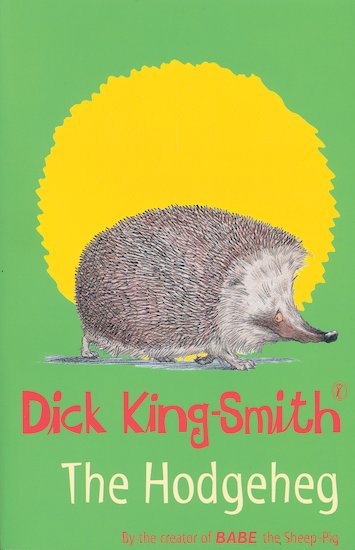Social Media as a Learning Tool
This is rapidly becoming the number one essential tool in learning and development in education. Its main features are:
· Top innovative leaders in the field of education use it
· It organises the internet and blog-a-sphere into accessible and manageable chunks
· It gives access to the latest developments in educational thinking
· It gives you a voice
· It communicates with your community
A beginner’s guide
Follow these simple steps to become a tweep and start tweeting
Sign up
Twitter.com gives you a very simple sign up page. The important aspect of this is the username. This guide is about using twitter for professional purposes. To do this separate your professional twitter persona from your private and social life twitter persona. i.e. have two accounts.
Let’s explore the webpage you are faced with.
Search bar – the most useful of the tools at your fingertips. Use it to search for people, hashtags or educational words.
@connect – any time there is anything to do with you posted by other people e.g. mentions or follows
#Discover – trends, current goings on, who to follow
Tweets – number of messages you have sent out
Following – the number of people you follow
Followers – the number of people following you (quite unimportant)
Let’s follow someone
Search for mcdermottrich. (type it in the search bar)
Next to the name you will find the follow button. Once you press this you are following this person. If you later decide that you don’t want to follow this person, you can click unfollow. Once you are following them, their tweets will appear on your homepage.
Find more people to follow.
On mcdermottrich’s profile you will see the word following. Click this now and it will give you a list of the people he is following. It is a list of tweeps who make educational tweets. Choose at least five of these and click follow. You will now be following about six people. You will find that your home page is starting to fill up with tweets.
But this aint useful!
You will find that good educational tweeps tweet about excellent blog articles and reference resources. By clicking on the links supplied you will soon find many useful things. Build up the number of people you follow (and the amount of tweets that you see) by clicking on the following of the people you already follow.
Hashtags
These are used to organise tweets so they go to particular audiences. A hashtag is a hash followed by a label. Often it is a brief acronym rather than a full word. Let’s look at a hashtag to get us started.
Type #edchat in the search bar.
This hashtag is commenly added to educational tweets therefore it organises a selection of educational tweets. #ukedchat is the UK based hashtag in a similar vein.
Taking things further
Downloading Tweetdeck or adding it onto your Google Chrome browser will bring Twitter further to life as you can add several streams such as particular people you follow or even better – the best hashtags or searches.
Start retweeting the tweets you see that are the best.
When you find a really useful website, tweet about it.
Start a blog. Write about your everyday experiences in the classroom. Tweet your posts.















